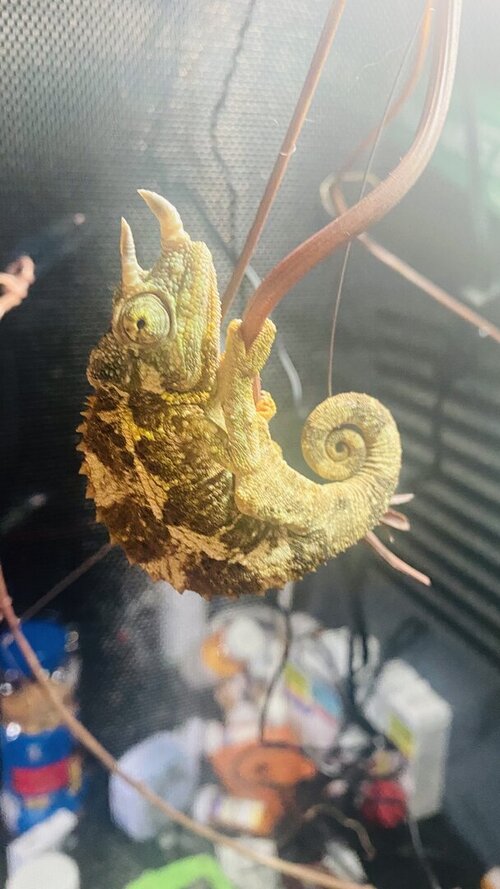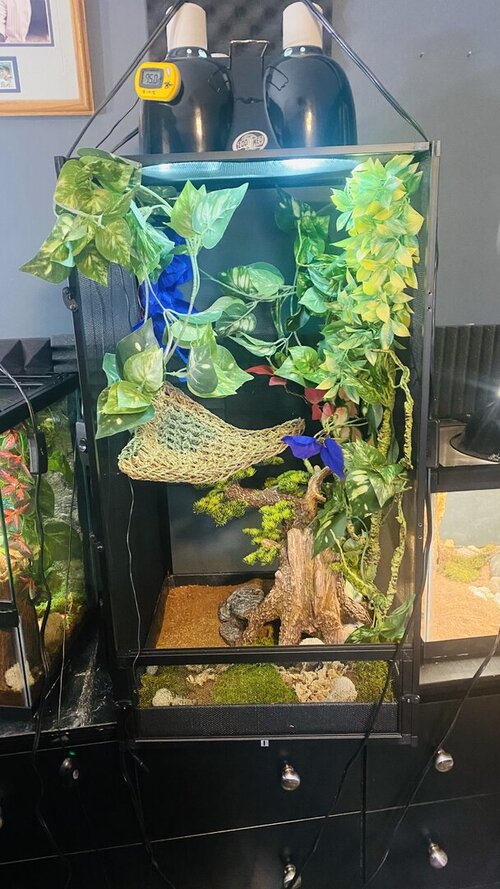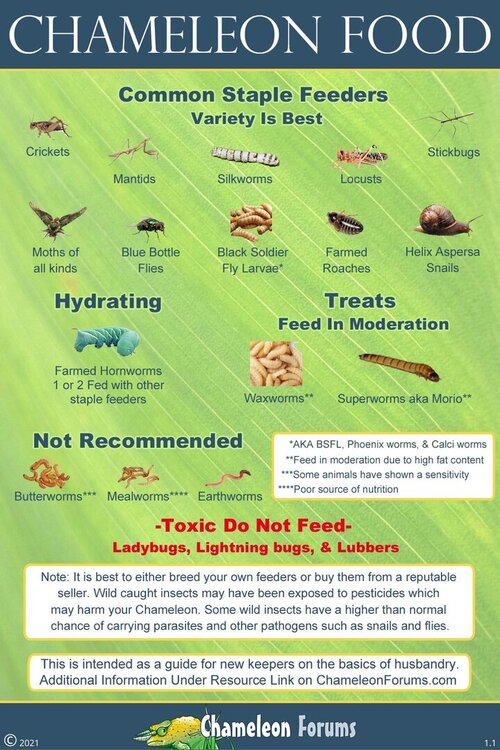BetraydHero
New Member
I have a Male Jackson’s Chameleon.
i was wondering if I get a
Female Rainbow Jackson’s Chameleon.
Would they be able to breed?
Both would be babies. Which I would think would help as they would grow up together. If of course they can breed together.
i was wondering if I get a
Female Rainbow Jackson’s Chameleon.
Would they be able to breed?
Both would be babies. Which I would think would help as they would grow up together. If of course they can breed together.











